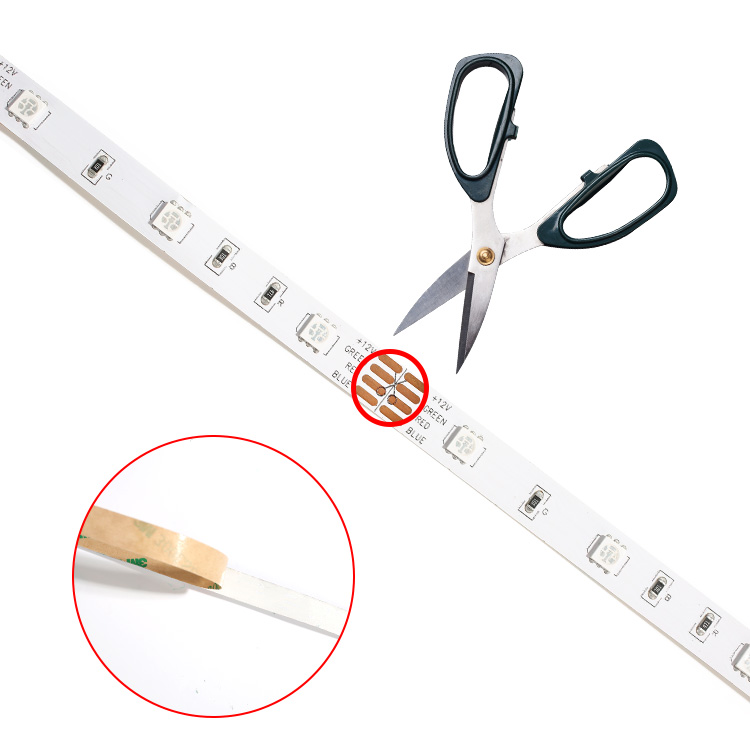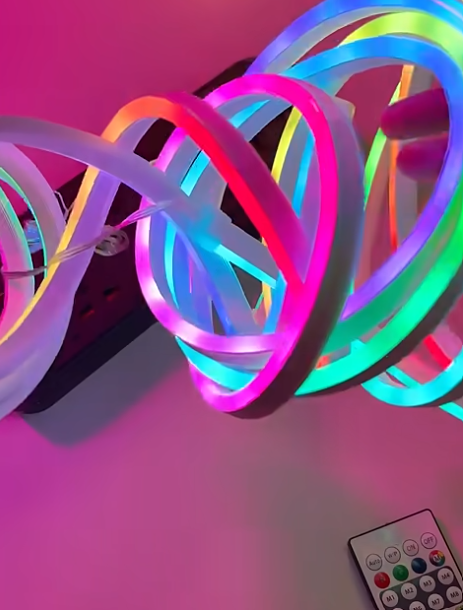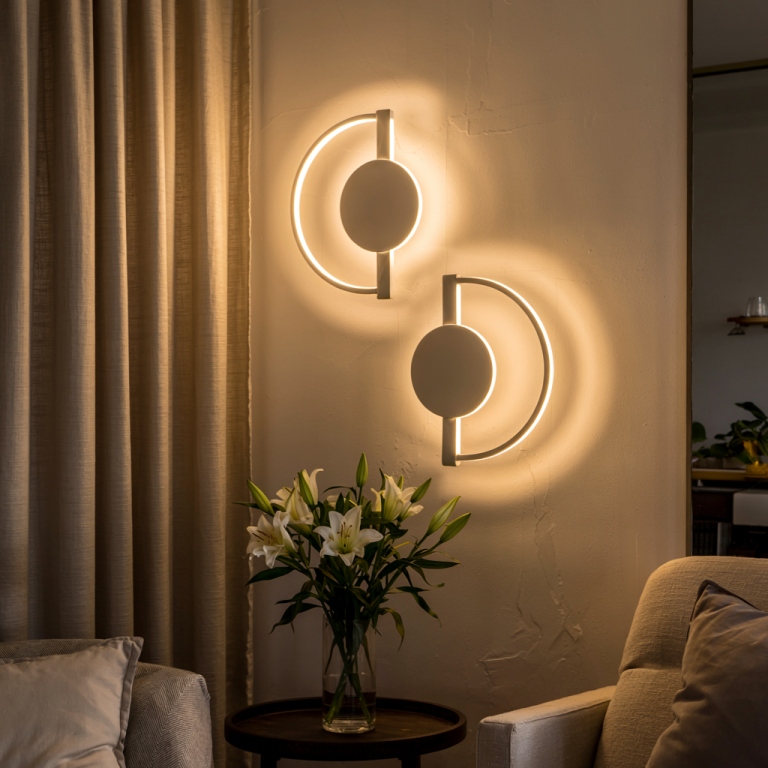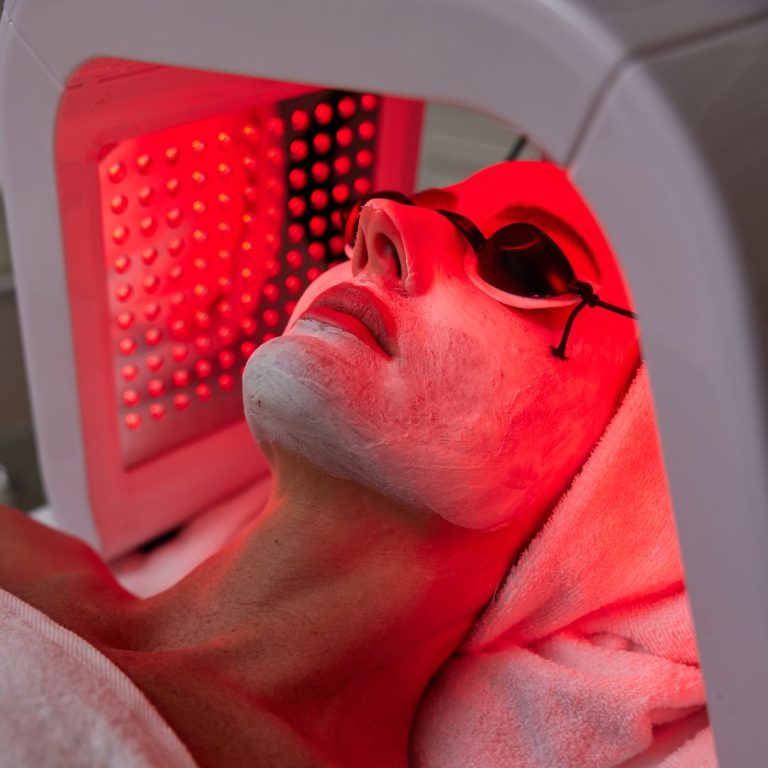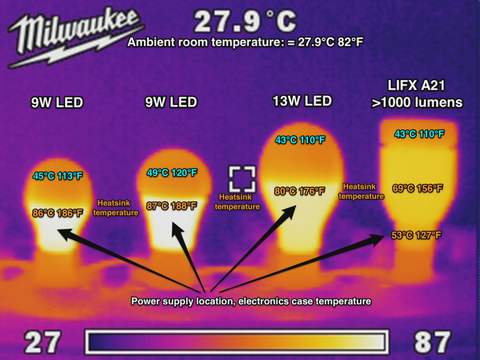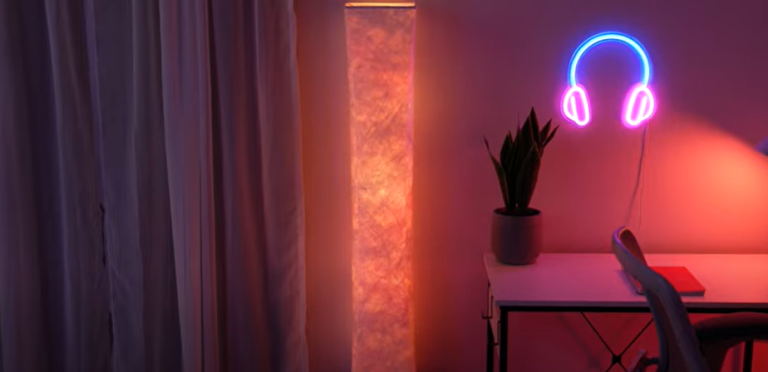Can You Cut Led Strip Light? Expert Tips Revealed
Can you cut LED strip light? Yes, you can cut LED strip lights, but only at the marked cutting points. These points are usually indicated by a line or scissors icon on the strip. Cutting anywhere else can damage the circuit and prevent the strip from working properly.
Many people face this dilemma when trying to achieve that flawless look in their living spaces. But before you grab your scissors, you might want to know if cutting LED strip lights is possible and safe. Imagine transforming your room’s ambiance with precisely tailored lighting, enhancing every nook and cranny with a glow that feels just right.
The good news? You can indeed cut LED strip lights, but there’s a right way to do it. Keep reading, and you’ll discover how to customize your lighting setup without compromising its functionality or your safety. Dive into the details to ensure your DIY project shines brilliantly!

Credit: www.lepro.com
Can You Cut LED Strip Light?
Understanding Led Strip Lights
LED strip lights are versatile and popular for home decoration. They offer flexibility in design and lighting options. Understanding LED strip lights is crucial for effective use and installation. This section will provide insights into their features and benefits.
Read More: How Long Do LED Lights Last? Discover Their Lifespan
What Are Led Strip Lights?
LED strip lights are long, flexible circuit boards with small LED bulbs. They produce bright and efficient lighting. These strips can be attached to various surfaces easily.
Features Of Led Strip Lights
LED strip lights come in different colors and brightness levels. They can be cut to fit specific spaces. They are energy-efficient and have a long lifespan.
Benefits Of Using Led Strip Lights
LED strip lights enhance any space with ambient lighting. They are easy to install and adjust. Their flexibility allows creative designs in lighting projects.
Applications Of Led Strip Lights
These lights are perfect for under-cabinet lighting in kitchens. They add elegance to living rooms and bedrooms. They can also highlight architectural features.
Understanding The Basics Of Cutting Led Strip Lights
Cutting LED strip lights is simple with the right tools. Most strips have designated cut lines. Cutting allows custom lengths for specific installations.
Tools Needed For Cutting
Cutting LED strip lights is a simple task, but requires the right tools. Using the proper equipment ensures a clean cut and preserves functionality. This guide outlines the essential tools you need for cutting LED strip lights.
Scissors
Sharp scissors are crucial for cutting LED strip lights. They provide precision and clean edges. Choose scissors that are sturdy and comfortable to handle. Avoid using dull scissors as they can damage the strip.
Utility Knife
A utility knife can be useful for cutting thicker LED strips. It offers better control for precise cuts. Ensure the blade is sharp to avoid tearing the strip. A dull knife can lead to uneven cuts.
Ruler
Use a ruler to measure and mark the cut. Accurate measurements prevent waste and ensure the strip fits perfectly. A metal ruler is preferable for straight lines. It prevents slipping during cutting.
Cutting Mat
A cutting mat protects surfaces and maintains clean cuts. It provides a stable base for cutting. Mats come in various sizes to suit your workspace. Choose one large enough to accommodate the length of the LED strip.
Pencil Or Marker
Mark the cutting points with a pencil or marker. This ensures accuracy and helps maintain the design. Choose a fine-tip marker for precise lines. Avoid markers that bleed onto the strip.
Read More: How to Set Up LED Lights in Room: Expert Guide
Connector Clips
Connector clips are essential for reconnecting cut strips. They ensure continuity and functionality of the LED lights. Select clips compatible with your LED type. Ensure proper alignment for effective connection.
Steps To Safely Cut Led Strips
LED strip lights add charm to any space. Sometimes, they need resizing to fit a specific area. Cutting LED strips is easy, but it requires care. Incorrect cutting can damage the lights. Follow these steps for a safe and clean cut.
Step 1: Gather Your Tools
Prepare scissors or a sharp blade. A ruler helps with precise measurements. Have a soldering iron ready if needed. Also, use an alcohol pad to clean the area.
Step 2: Identify The Cut Marks
LED strips have specific cut marks. These are usually copper dots or lines. Locate these marks before cutting. Never cut anywhere else. This ensures functionality.
Step 3: Measure Carefully
Measure the desired length using a ruler. Mark the spot clearly. Double-check your measurements. This prevents mistakes.
Step 4: Make The Cut
Align your scissors with the cut mark. Ensure precision to avoid damage. Cut the strip smoothly and steadily. Take your time during this step.
Step 5: Check The Connections
After cutting, ensure proper connections. Inspect the cut ends. Use a soldering iron if necessary. This helps maintain the current flow.
Step 6: Test The Strip
Plug in and test the LED strip. Check for any issues. Ensure all lights work properly. Address any problems immediately.

Credit: www.youtube.com
Common Mistakes To Avoid
Cutting LED strip lights seems easy but errors can occur. These mistakes can lead to faulty lights or wasted materials. Knowing what to avoid helps ensure a smooth process. Below, explore common mistakes and how to prevent them.
1. Cutting at the Wrong Spot
LED strips have specific cut points. Cutting outside these points damages the lights. Always locate and cut at the marked spots. This ensures the lights work correctly after cutting.
2. Ignoring Voltage Compatibility
Not all LED strips have the same voltage. Using the wrong power supply can burn out the lights. Check the strip’s voltage before connecting it to a power source. Ensure the power supply matches the strip’s requirements.
3. Forgetting to Measure Twice
Inaccurate measurements lead to wasted materials. Measure the area twice before cutting the strip. This step prevents unnecessary mistakes and ensures a perfect fit.
4. Not Using the Right Tools
Using the wrong tools can damage the strip. Sharp scissors or a precision cutter work best. These tools provide clean cuts and maintain the strip’s integrity.
5. Overlooking the Connector Quality
Low-quality connectors can cause poor connections. This affects the light’s performance and lifespan. Invest in reliable connectors for a secure and long-lasting setup.
6. Skipping the Testing Step
Test the strip before final installation. This step confirms all parts function correctly. It helps identify any issues early, saving time and effort.
Tips For Reconnecting Strips
Cutting LED strip lights can be a game-changer for customizing your lighting setup. But what happens after the cut? You might be wondering how to reconnect those strips to ensure they work seamlessly. Whether you’re aiming to create a unique ambiance in your living space or just trying to fit strips around corners, reconnecting them properly is crucial. Let’s dive into some practical tips that will help you achieve an uninterrupted glow.
Understanding The Basics
When you cut an LED strip, you break the electrical circuit. To reconnect, you need to bridge this gap effectively. Start by getting familiar with the connectors available. These small devices can help you join two strips without soldering. They come in various types, including clip-on and solderless connectors. Choose one that suits your project’s needs.
Choosing The Right Connectors
Not all connectors are created equal. Some are better for specific types of LED strips. Ensure you pick connectors compatible with your strip’s voltage and size. If you have waterproof strips, opt for waterproof connectors to maintain the strip’s integrity. Consider connectors that allow for flexibility, especially if your setup requires bends or turns.
Preparing Your Strips
Before reconnecting, prepare your strips by cleaning the ends. Dust and debris can obstruct connections, leading to faulty lighting. Trim any excess material around the cut area to ensure a snug fit with the connector. A clean and precise cut will make the reconnection smoother and more reliable.
Testing Before Finalizing
Once you’ve connected the strips, test them before finalizing the setup. Plug them into a power source to check if they light up uniformly. This step helps you identify any loose connections or faulty strips. Make adjustments as needed to ensure a consistent glow.
Securing The Connection
After successful testing, secure the connection for long-term use. Use adhesive or mounting brackets to keep connectors and strips in place. This prevents accidental disconnections. A well-secured strip also maintains the desired aesthetic and ensures your lighting project lasts.
Have you ever cut LED strips and faced issues reconnecting them? What tips worked best for you? Share your experiences and insights in the comments below!

Credit: m.youtube.com
Frequently Asked Questions
Can You Cut Led Strip Lights And Still Work?
Yes, you can cut LED strip lights, and they will still work. Cut along marked lines for functionality. Ensure proper reconnection and use compatible connectors. Check manufacturer’s instructions for best results. Cutting LED strips allows custom lengths and designs for various applications.
How To Cut Led Strip Lights Without Breaking Them?
Find the cut line marked on the LED strip. Use sharp scissors to cut along this line. Ensure power is off before cutting. Trim excess if needed for precise fit. Reconnect using connectors or soldering for a seamless join.
Can You Cut Led Strip Lights Down To Size?
Yes, you can cut LED strip lights. Ensure you cut along marked lines to avoid damage. Use scissors or a utility knife. Always check the manufacturer’s instructions. Cutting at incorrect points may affect the strip’s functionality. Use connectors to rejoin if necessary.
Conclusion
Cutting LED strip lights is possible and straightforward. Ensure you cut at marked points. This prevents damage and keeps them functional. Use sharp scissors for a clean cut. Always check the power off before cutting. This ensures safety. After cutting, reconnect the strips if needed.
Use connectors for easy reattachment. Proper handling preserves their longevity. LED strips add great ambiance when installed correctly. Follow these tips for best results. Enjoy your customized lighting experience!

